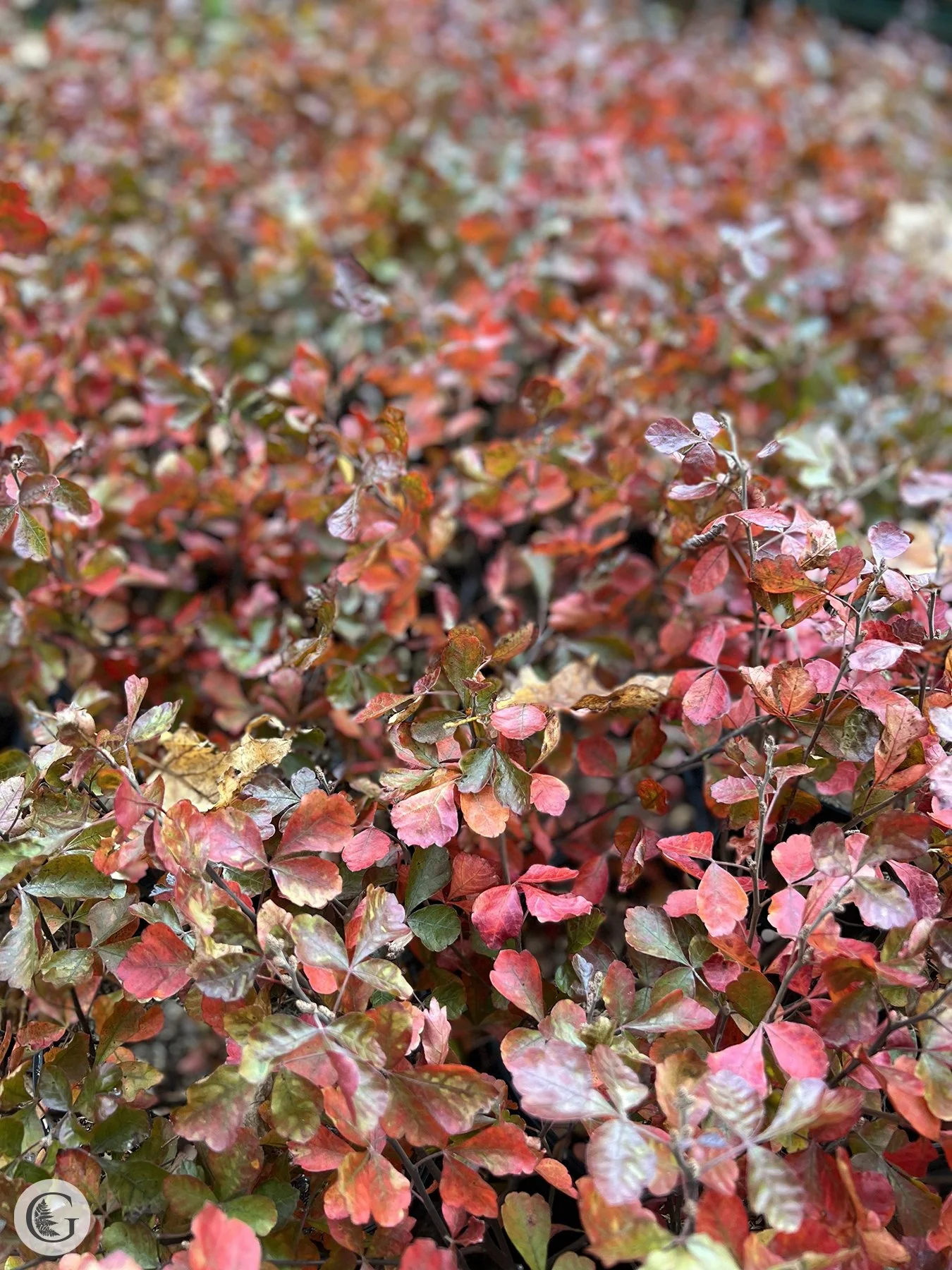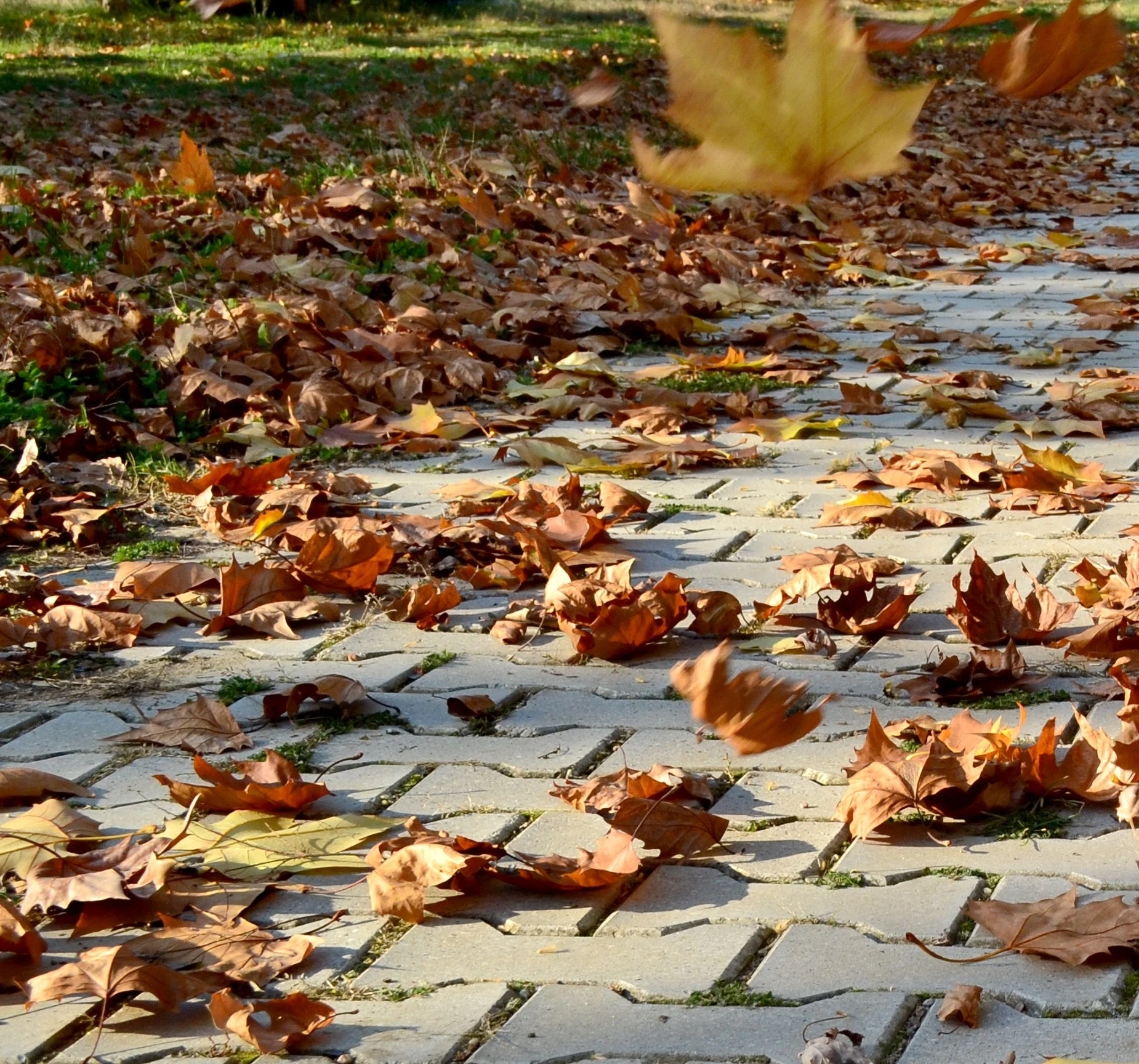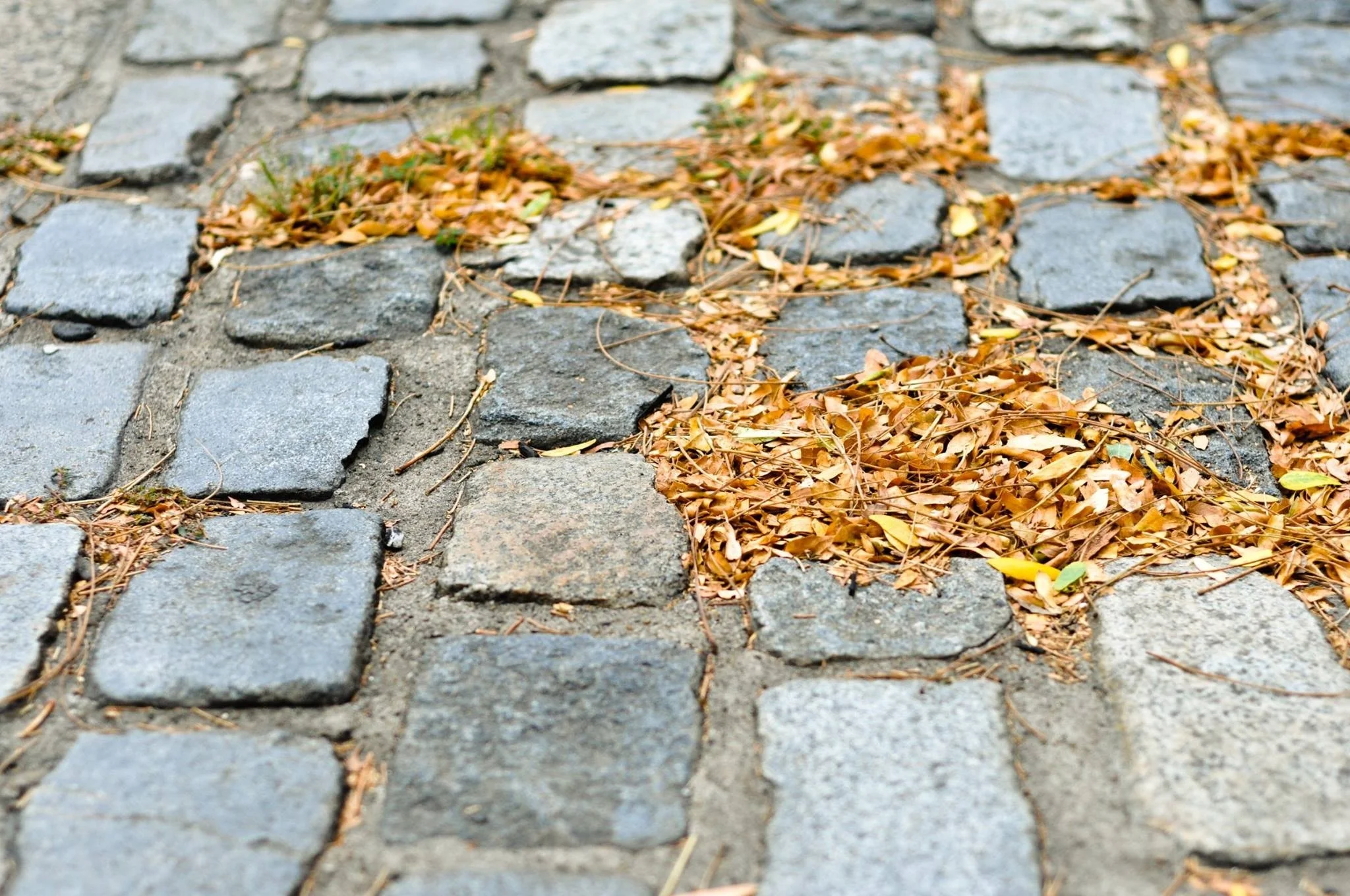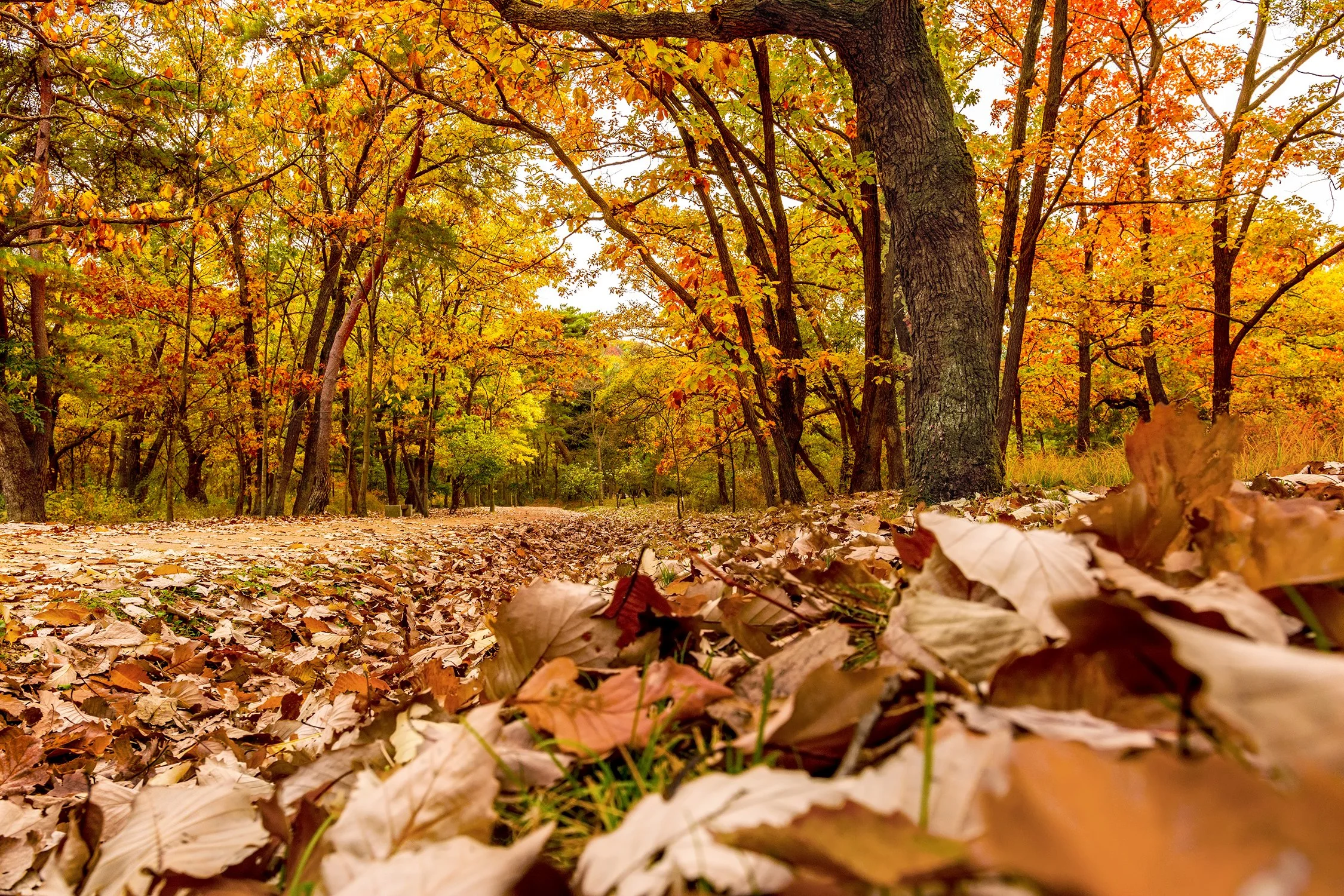What to do with all of these leaves?
Autumn is here and according to the Smoky Mountains Fall Foliage Map we are just past peak season for fall color.
But colors are still marking the hills and landscape of our area with gradients of vibrant reds, yellows and oranges. While we love the colors, cooler temperatures and fall holidays and seasonal culinarily, did you say Pumpkin spice latte? However, a by-product of, what is the most common favorite season, is all of these leaves!
And so you can find yourself asking,
“What do we do with all of these leaves?”
About when the leaves are beginning to fall is when your lawn goes dormant over the winter. That means that water and sunlight are not as critical as they are in the peak of summer. That is why you can get away with leaf coverage compared to in the summer when you leave something outside for what seems like moments and you can get a yellow patch in what seems like hours later!
Leaf debris, in controlled quantities, is actually great for your lawn. The debris contains some nutrients that if you removed completely, you may end up purchasing from a store later. The fallen leaves have the nutrients that the trees have stored up which are now all over your lawn.
That being said, it is important not to smother your lawn. Your lawn still needs to be able to breathe a bit. Leaving too much leaf coverage on lawns can also create leaf mold, which can actually be useful, we will get into that in the next question, but not very useful in a clump in the middle of your yard. In order to get the most benefit from these leaves we need to help start the process of decomposition.
We have established that some leaf coverage is ok, and actually good for your lawn and beds! But with some considerations. So the next step is, what is next? How to deal with these leaves.
Question:
“What do we do with all of these leaves?”
Depending on the amount of leaf coverage you’re dealing with and the situation of your property, i.e. if you have a compost area available, if you have a wooded area or if you are in a urban environment will dictate which, if not all, the steps you could or should take.
Mow the leaves right into your lawn
For tip #1 we recommend that everyone use some leaf coverage as nutrients for your lawn. If your leaf coverage is light to medium, all you need to do is mow the leaves using the mulch setting on your mower right into your lawn and you are finished!
If you have a heavy coverage on your lawn, you will need to remove some leaf debris first until the coverage is at a light or medium coverage. Mulching too many leaves right into your lawn will suffocate your lawn even with mulching the leaves first.
compost pile space available-
Leaf mulch and/or mold
Leaf mulch is an excellent use for your fallen leaves, which are free by the way, but you will need to have a compost pile dedicated to the decomposing leaves.
Leaf mulch:
The nutrients that the trees have seeked out through their root system are available through the leaves that are all over your yard. Taking these nutrient rich leaves and decomposing them in a pile will turn your leaves into a mulch that is nutrient rich that your plants and gardens will love. When you add the leaf mulch to your beds the fallen leaves oxidize slowly which is feeding your plants year round. These leaves potentially keep your soil spongy, porous and moist
Remove all leaves from hardscaping
While leaves have nutrients that can enrich your lawn and gardens they are not so great for your hardscaping. It is important to keep your patios, decks and walkways clear of leaves and debris so that they do not stain any of those surfaces. Also, more importantly, they can be a safety hazard on your hard surfaces. Leaves, especially in decomposition can be extremely slippery and should be removed from the surfaces that you frequent to avoid any slip and falls.
Removing leaves and debris can be done easily with a blower, or the “old fashioned way” of sweeping these surfaces until they are clear.
Gather and dispose
The next step is to get rid of whatever is left!
For gathering you can rake, which is the most common way to gather your leaves. You could also use a blower to blow your leaves into a collection area. Another way to gather leaves would be to use a tarp to gather and move the leaves around your property
The disposal of the leaves is what will vary the most by your situation.
in the woods:
If you have a wooded area the best case scenario would be to dispose of your leaves in the woods. I am sure that you have noticed that the woods are covered in leaf debris and it seems to thrive. That is because it is designed to handle the leaves and debris and uses it its benefit. In fact, that would be true of your lawn and garden as well except that our aesthetic standards do not allow this more organic cycle.
trash service:
If leaf removal is provided by your trash service or your municipality, you would want to follow their guidelines on how to remove your leaf debris.
If they allow you to simply rake them to the curb, it is important to make sure that your leaves are not blocking any drains and of course that the trucks can reach your pile and that they are not blocked in any way, ie a parked car.
If they require you to use bags for the removal it is important to follow their bag guidelines, plastic or paper? Also something to keep in mind is that you will go through a lot of bags. That being said, this is the “neatest” option because you will ensure that your hard work will not be undone with a sudden gust of wind.
















